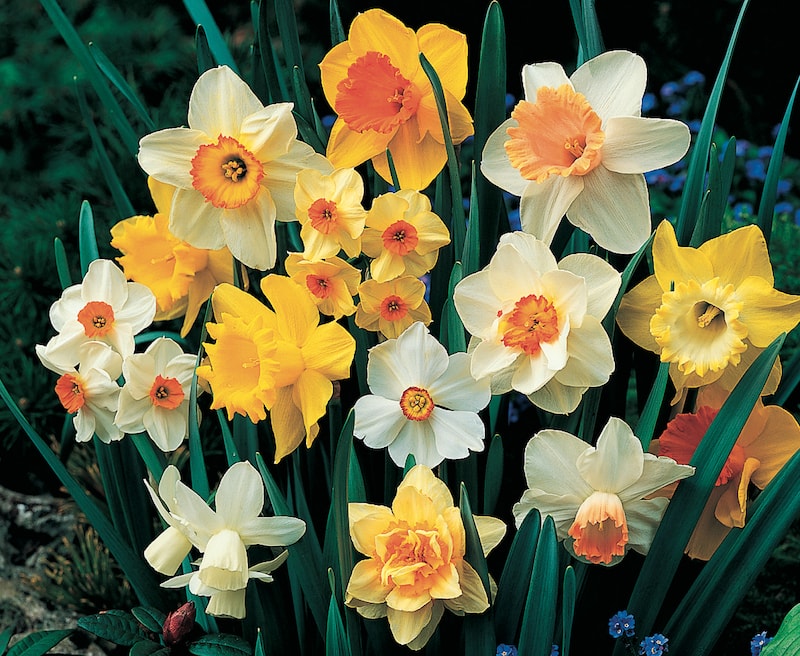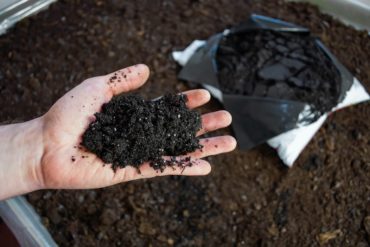Forever associated with spring, daffodils are a welcome sign that warmer days are ahead. An inspiration to artists across the centuries and entangled in myth and symbolism, there’s much more to these bright and cheery trumpets than meets the eye. Here are some fascinating and unusual facts about one of our most popular springtime blooms.
What do daffodils symbolise?
Daffodils are among the first flowers to appear as spring approaches, so it’s no surprise that they’re the birth flower for March as well as a symbol of rebirth and new beginnings. But daffodils have also represented many other ideas over the years. The Victorians, for example, considered them the flower of respect and friendship.
Traditionally given on a tenth wedding anniversary, florists often add daffodils to these celebratory bouquets as a symbol of faith, joy and happiness. However, in days gone by, presenting someone with a single daffodil was seen as bad luck, while observing a bloom as its head drooped used to be thought to herald death!
Nevertheless, daffodils remain primarily associated with hope. At the start of 2020 they were the inspiration for David Hockney’s daffodil artwork. Drawn on an iPad during the first COVID-19 lockdown, the piece was titled: ‘Do Remember They Can’t Cancel The Spring’.
Daffodils as medicine
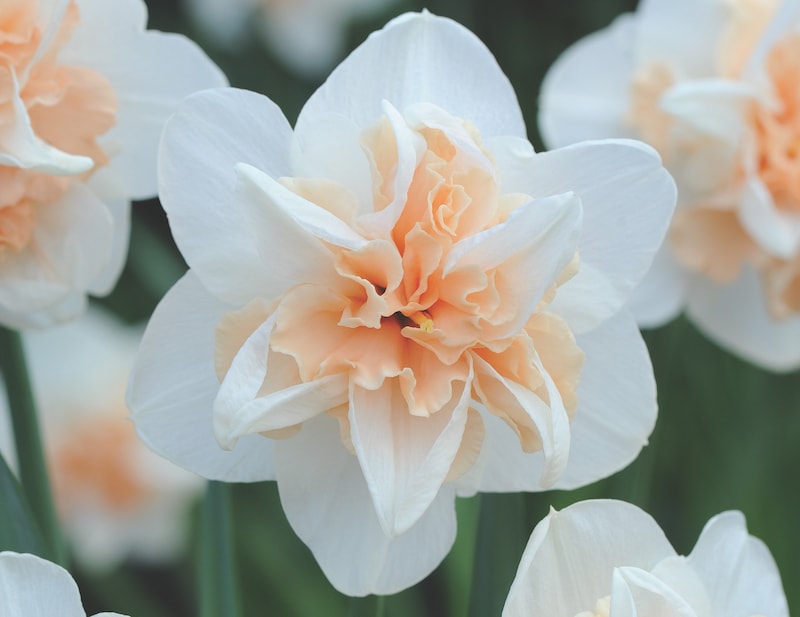
Image: Daffodil ‘Replete Improved’ from Suttons
Originating in the Mediterranean, daffodils are said to have been brought to the UK by Roman soldiers who used them for pain relief and wound healing. We know now that this is unlikely to have helped, as all parts of the daffodil are toxic and should not be consumed. Prolonged exposure to the sap can cause dermatitis.
That said, daffodils do contain the compound galantamine, which has been found to slow the progression of dementia symptoms. In certain parts of the UK, like the Black Mountains in Wales, daffodils are grown specifically to produce a treatment for Alzheimer’s. It’s very fitting that the daffodil is the national flower of Wales and is proudly worn on 1st March to celebrate St David’s Day.
Daffodils in poetry
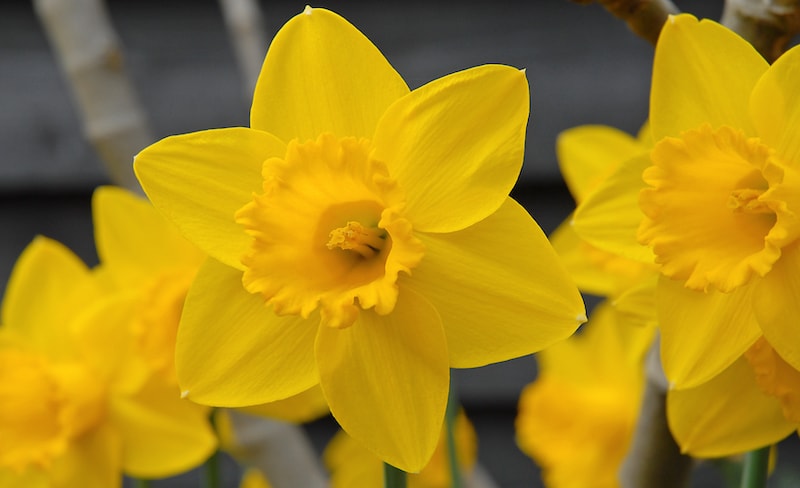
Image: Daffodil ‘King Alfred’ from Suttons
We’re all familiar with the poem ‘I Wandered Lonely As A Cloud’, wherein William Wordsworth, having taken a walk in the Lake District with his sister Dorothy, describes his feelings upon seeing ‘a host of golden daffodils’ growing at the edge of a lake. A lesser-known fact is that the poem was also inspired by his sister’s journal entry, and that the middle two lines of the final stanza were written by Wordsworth’s wife, Mary Hutchinson.
The Cornish daffodil industry
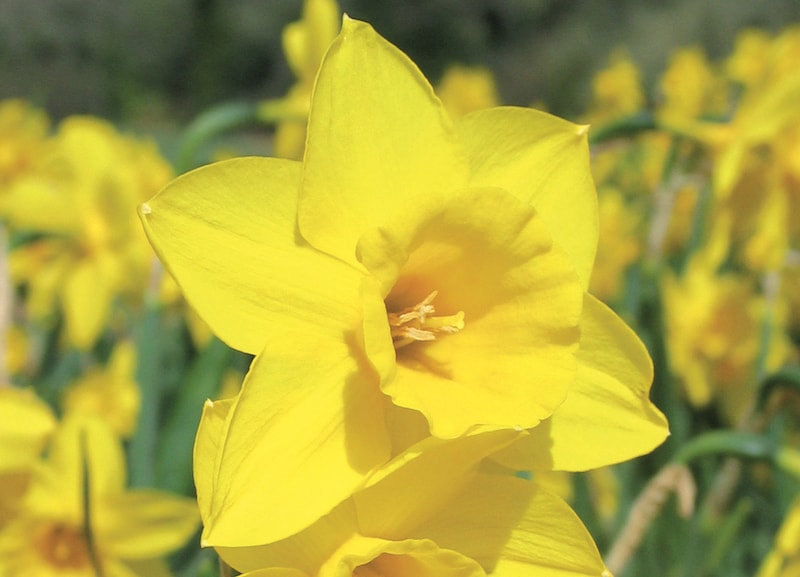
Image: Daffodil (Cornish) Bulbs ‘Rosemoor Gold’ from Suttons
Bunches of daffodils have been sold in the UK for hundreds of years, but commercial farming of the flowers really took off in the late 19th century, courtesy of Cornish potato farmer William Trevellick. The daffodils around his farm on the Isles of Scilly bloomed much earlier than on the mainland, so he made use of the weekly freighter and the (then relatively new) Penzance to London railway link to get freshly-cut blooms to London within 48 hours of picking.
Island landowner Thomas Dorrien-Smith built on Trevellick’s idea by encouraging his tenant farmers to make bulb-forcing houses and transport boxes for the flowers, and also brought in different varieties to extend the flowering season. This in turn inspired mainland farmers to start planting bulbs, and the world’s largest daffodil grower, Varfell Farm, is still in operation today in Penzance, Cornwall.
Daffodil or narcissus – which is it?
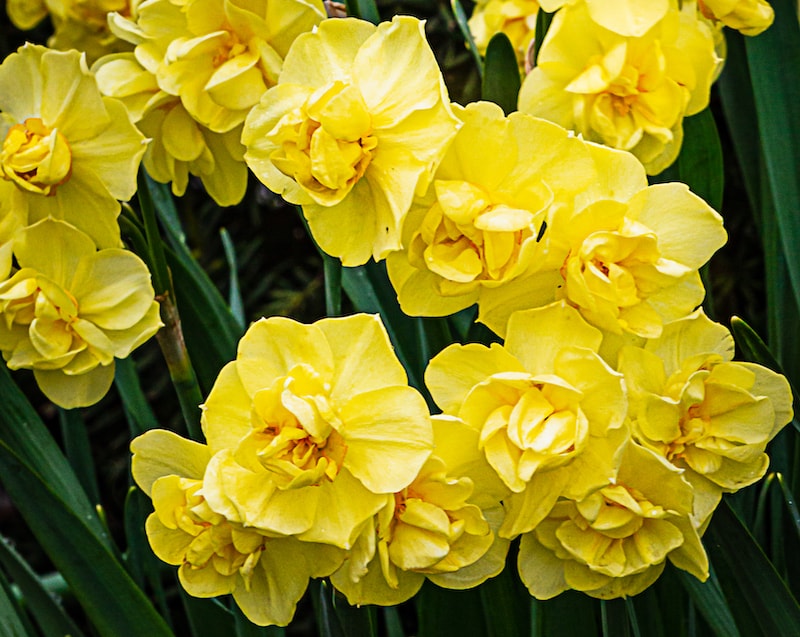
Image: Narcissus Bulbs – Yellow Cheerfulness (Double) from Suttons
Establishing the difference between ‘daffodil’ and ‘narcissus’ seems to cause confusion (throw ‘jonquil’ into the mix if you want to increase the head-scratching). To clear this up, daffodils and jonquils are the common names of spring-flowering bulbs that are members of the genus ‘Narcissus’ (the botanical Latin name for this group of plants).
Wild daffodils (Narcissus pseudonarcissus) are sometimes called Lent Lilies, as they commonly bloom and die back between Ash Wednesday and Easter Sunday. There are over 50 species of narcissus in existence and thousands of hybrids and cultivars. They come in a wide variety of colours, shapes and scents, as you can see if you browse our full range of daffodils and narcissus bulbs’.
Daffodils in Greek mythology
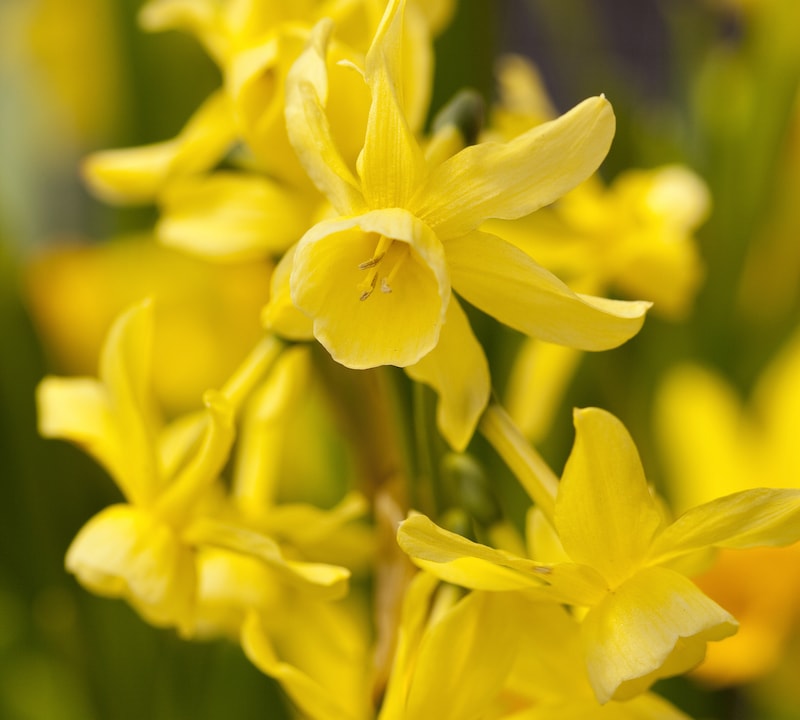
Image: Daffodil Bulbs ‘Hawera’ from Suttons
The name ‘Narcissus’ comes from a Greek myth about a hunter who spurned all romantic advances and then fell in love with his own reflection in a pool of water. Unable to tear himself away, he died and a narcissus flower grew where his body had been. The way that daffodil heads tilt towards the ground is said to mimic Narcissus dropping his head to gaze at his reflection. This story is also the origin of the term ‘narcissism’, which describes someone who is selfish, overconfident, and obsessed with their personal appearance.
From the mythological to the medicinal, daffodils have a rich history and are wonderfully varied. If you’ve been inspired to grow your own, check out our best expert advice on growing daffodils for tips on how, where and when to plant.
Lead image: Daffodil ‘Sunshine Mix’ from Suttons

